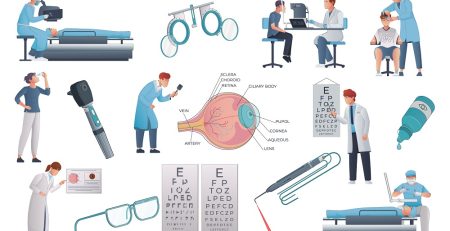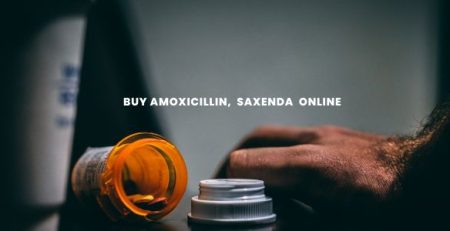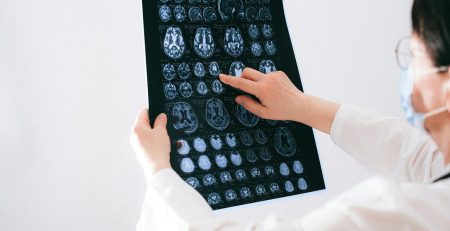Understanding the Link Between Epistaxis and Hypertension
ADV Care2024-01-15T21:03:28-05:00Epistaxis, commonly known as a nosebleed, is a condition that many people experience at some point in their lives. While it can occur for various reasons, one factor that often contributes to nosebleeds is hypertension, or high blood pressure. In this blog article, we will explore the connection between epistaxis and hypertension, shedding light on the causes, symptoms, and potential preventive measures.
1. The Basics of Epistaxis:
Definition and types: Epistaxis refers to bleeding from the nose, and it can be categorized into anterior (front of the nose) or posterior (back of the nose) nosebleeds. Anterior nosebleeds are more common and usually less severe.
Common causes: Dry air, nasal trauma (such as picking the nose), infections, allergies, and underlying health conditions like hypertension can contribute to nosebleeds.
2. Hypertension Unveiled:
Understanding hypertension: Hypertension, or high blood pressure, is a condition where the force of the blood against the artery walls is consistently too high. It is a prevalent health issue and a major risk factor for heart disease and stroke.
How high blood pressure affects the cardiovascular system: Prolonged hypertension can damage blood vessels and organs, leading to various complications. The increased pressure can weaken the blood vessel walls.
3. The Link Between Epistaxis and Hypertension:
Exploring the role of blood vessel fragility: Hypertension can weaken blood vessels, making them more prone to rupture. In the nose, delicate blood vessels may break more easily, causing nosebleeds.
Increased pressure and delicate nasal blood vessels: The elevated blood pressure puts stress on the fragile blood vessels in the nasal lining, increasing the likelihood of bleeding episodes.
4. Symptoms and Warning Signs:
Recognizing symptoms: Symptoms of epistaxis include bleeding from the nose, while hypertension may present with symptoms like headaches, dizziness, and vision problems.
When to seek medical attention: If nosebleeds are frequent, last for an extended period, or are accompanied by other concerning symptoms, it’s essential to consult a healthcare professional.
5. Preventive Measures:
Lifestyle changes to manage hypertension: Adopting a healthy lifestyle with a balanced diet, regular exercise, and stress management can help control hypertension.
Tips for preventing recurrent nosebleeds: Maintaining nasal moisture with saline sprays, using a humidifier, and avoiding nasal trauma can reduce the risk of nosebleeds.
6. Treatment Options:
Medical interventions for hypertension: Medications, lifestyle modifications, and regular monitoring are common approaches to manage hypertension.
First aid and medical treatments for epistaxis: Pinching the nose, leaning forward, and applying cold compresses can help stop a nosebleed. Severe or recurrent cases may require medical intervention.
7. When to Consult a Healthcare Professional:
- Guidelines for seeking medical advice: If hypertension is suspected or nosebleeds are persistent, consulting a healthcare professional is crucial. Regular health check-ups are recommended for monitoring blood pressure.
8. Case Studies and Real-Life Experiences:
- Sharing stories: Real-life experiences of individuals managing both conditions can provide insights and encouragement. It highlights the importance of seeking professional help and following prescribed treatments.
Understanding the link between epistaxis and hypertension is crucial for both prevention and effective management. By addressing hypertension through lifestyle changes and medical interventions, individuals can reduce the risk of experiencing recurrent nosebleeds. This comprehensive guide aims to empower readers with knowledge about these conditions, promoting better health and well-being.









